Identifying Chemically Ripened Fruits
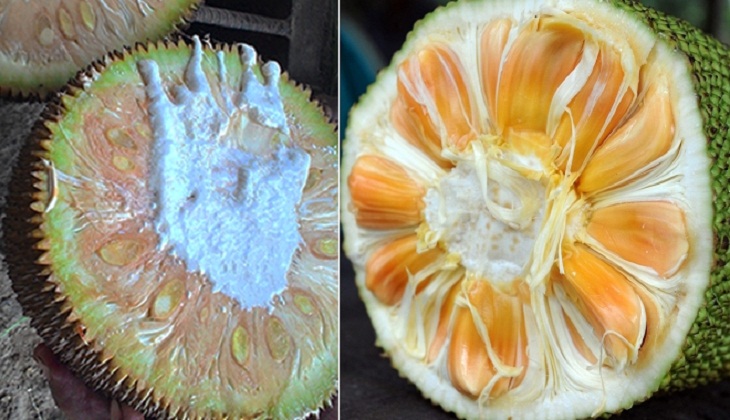
Similar to jackfruit, longan is also commonly treated with chemicals to speed up the ripening process. Soaked longan fruits can be identified by their small and dense spines that are not fully open. Unlike fully ripe longans, soaked longans cannot be easily separated by hand and require a knife to be separated. The flesh of chemically soaked longans is pale or bitter and lacks the characteristic aroma of naturally ripened longans.
Chemically Ripened Bananas
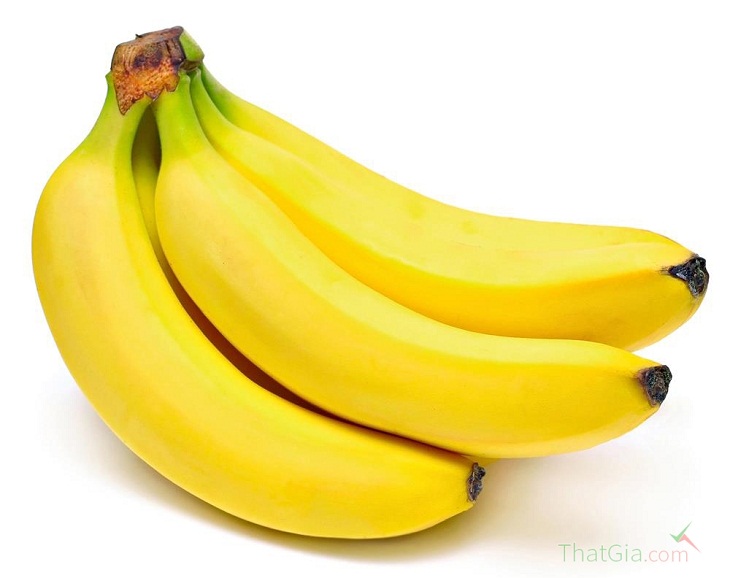
Bananas that have undergone chemical ripening can appear visually appealing with a uniformly yellow and glossy peel, but their stems remain green. Despite their yellow color, these bananas tend to be tasteless and hard, lacking sweetness. The peel of chemically ripened bananas may also exhibit a layer of powder or white spots due to the use of calcium carbide.
Chemically Ripened Rambutan
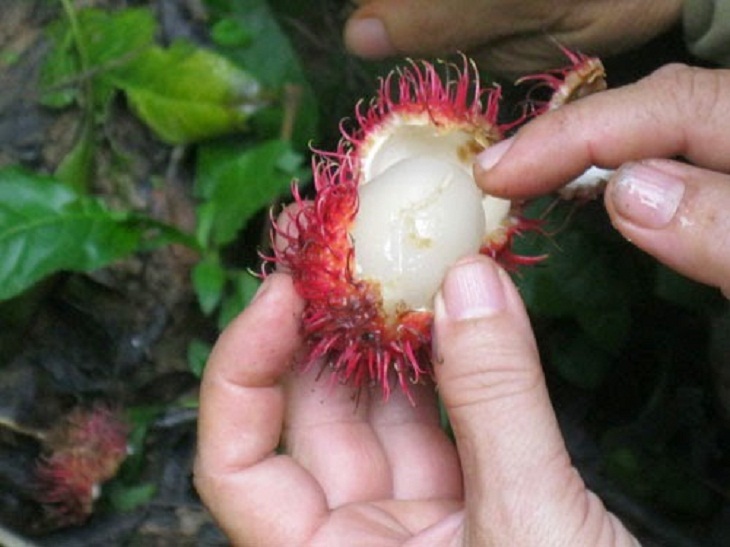
Rambutan fruits that have been chemically ripened may appear visually unappealing with bruised skin, falling hairs, and traces of leaking water. When peeled, the flesh of soaked rambutan fruits is often watery and may show signs of rot.
Chemically Ripened Lychee
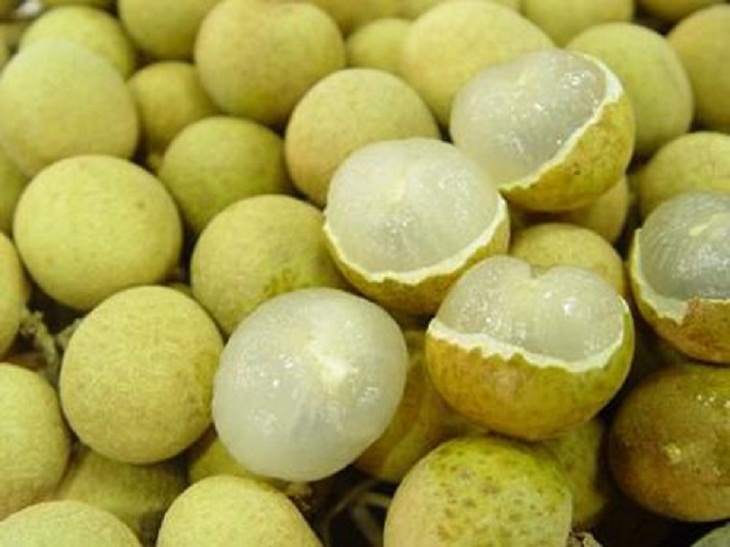
Chemically soaked lychees can be distinguished by their shinier skin compared to naturally ripened lychees. These lychees tend to have round and large fruit, pale flesh that lacks firmness and sweetness, and a musty smell.
Identifying Chemical Wax on Apples

Apples are commonly coated with a layer of wax (such as beeswax or carnauba wax) to prolong their freshness. However, traders may use industrial wax, which can be harmful. To identify chemically waxed apples, pour water over the apple and rub it multiple times. If the apple does not absorb water and a layer of white foam floats on its surface, it is likely a chemically waxed apple.
Chemically Ripened Mango
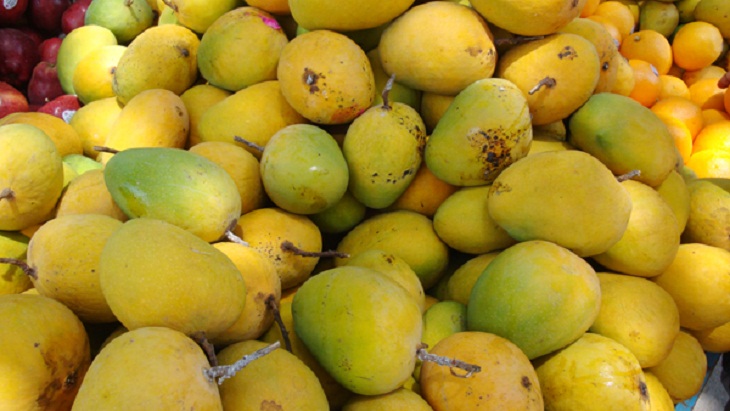
Above are some methods to identify fruits that have been chemically ripened. If you know how to identify other types of chemically treated fruits, please share with us!






























